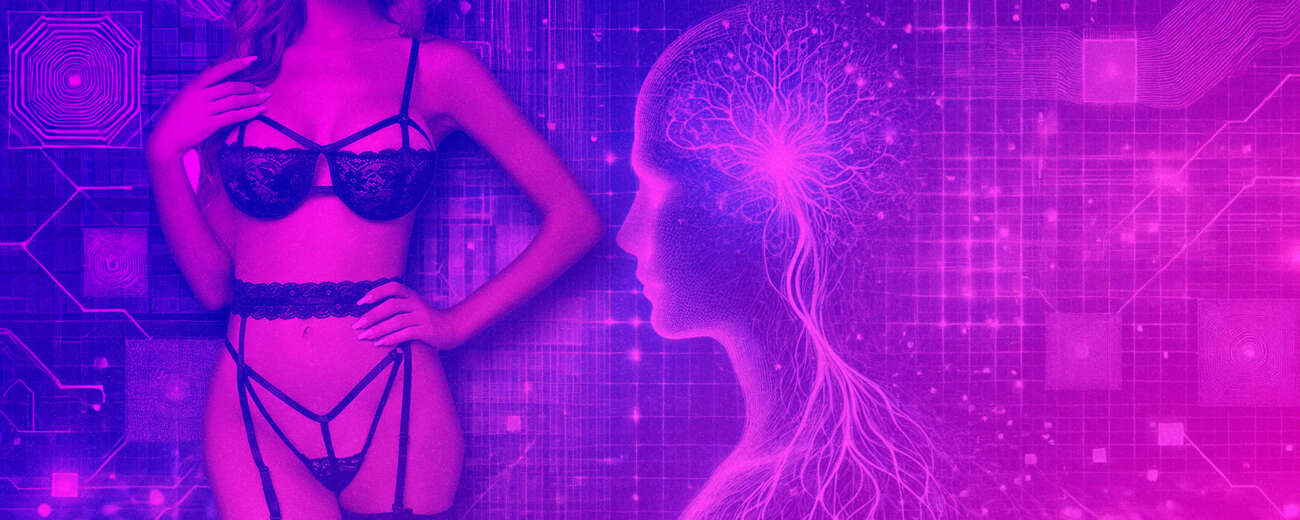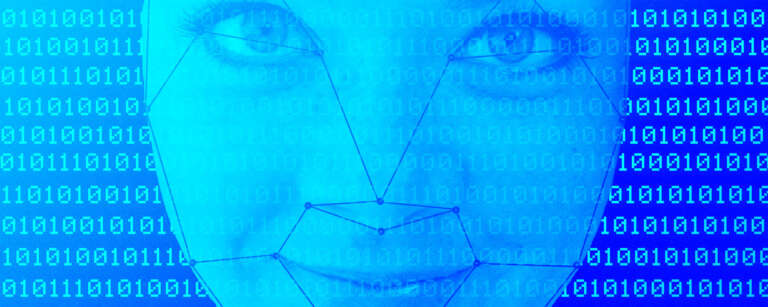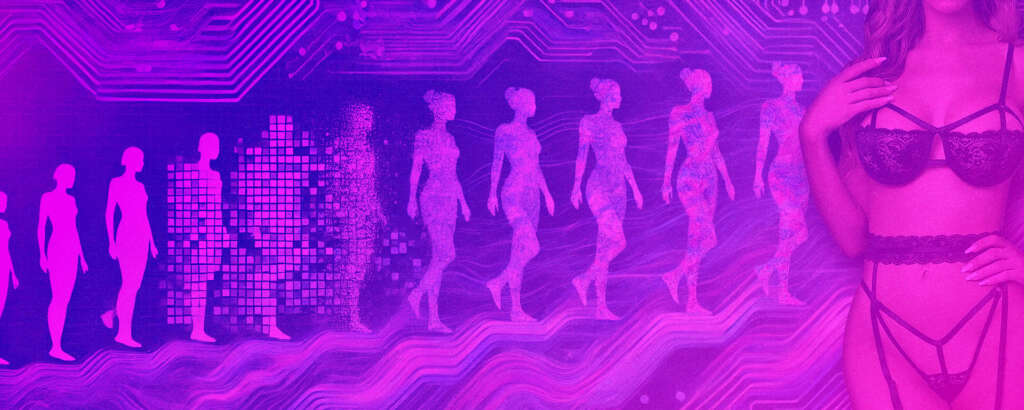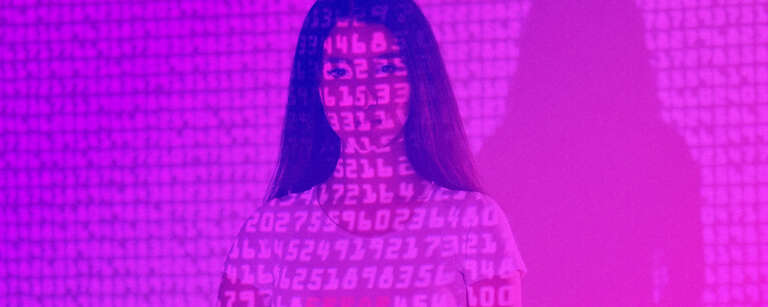Neural networks are at the heart of most modern artificial intelligence (AI) technologies, including deepnude makers—applications that use AI to generate altered images by simulating the removal of clothing. But what exactly are neural networks, and how do they enable these apps to work?
In this article, we’ll break down how neural networks function in the context of deepnude makers, how they process images, and why they’ve become so important in this controversial field.
What Are Neural Networks?
At their core, neural networks are a type of machine learning algorithm that is modeled after the human brain. They consist of layers of artificial “neurons” that process data in sequences, identifying patterns and making predictions based on that data.
Neural networks learn through training, where they are fed vast amounts of data (such as images) and gradually improve their ability to make predictions. In the case of deepnude makers, the network learns to predict how a person’s body might look beneath clothing based on previous data it has seen.
Key Components of a Neural Network:
- Input Layer: The raw data (e.g., an image) is fed into the network.
- Hidden Layers: Intermediate layers where data is processed and analyzed, often in multiple steps.
- Output Layer: The final prediction or decision is produced, such as generating a modified image.
How Neural Networks Power Deepnude Makers
Deepnude makers rely heavily on Convolutional Neural Networks (CNNs), a specific type of neural network designed to process visual data like images. CNNs are excellent at recognizing patterns, textures, and shapes, which makes them perfect for image manipulation tasks such as altering photos.
| Stage | Description |
| 👁️ Image Recognition | Identifies the body shape, clothing, and background details from the input image. |
| 🔮 Pattern Prediction | Uses learned data to predict how the body appears beneath the clothing. |
| 🖼️ Image Generation | Creates the modified image based on predictions, blending it with the original photo. |
Why Neural Networks Are Crucial in Deepnude Makers
Neural networks are essential for deepnude makers because of their ability to process visual data at a highly detailed level. Here are a few reasons why they’re so effective:
🧩 Pattern Recognition
Neural networks excel at identifying patterns in large datasets. In deepnude makers, this allows the AI to understand and recognize the general shape and structure of a person’s body, even when obscured by clothing.
📚 Learning and Adaptation
Through deep learning, neural networks improve over time. As the AI is exposed to more training data, it gets better at making accurate predictions about body shapes and clothing textures. This means that the more the app is used, the better the results become.
🤸♂️ Flexibility
Neural networks are flexible enough to adapt to different types of images and contexts. Whether the image has complicated clothing patterns, varying lighting conditions, or unusual body shapes, the neural network can adjust its predictions based on what it has learned.
Challenges and Limitations of Neural Networks in Deepnude Makers
Despite their power, neural networks in deepnude makers still face several challenges. While they are good at recognizing and predicting patterns, they are far from perfect, especially when the images are complex.
Common Challenges:
- Clothing Complexity: Neural networks may struggle with intricate clothing designs, resulting in unrealistic or flawed outputs.
- Lighting and Shadows: Improper lighting or unnatural shadows in an image can confuse the neural network, leading to inaccurate predictions.
- Ethical Misuse: One of the biggest challenges lies in the ethical implications. Deepnude makers powered by neural networks are often used in non-consensual ways, leading to significant privacy violations and harm.
Neural Networks and GANs: A Powerful Combination
In many deepnude makers, neural networks work hand-in-hand with Generative Adversarial Networks (GANs). While neural networks handle the recognition and prediction stages, GANs are often used to enhance the image generation process. GANs consist of two networks—a generator and a discriminator—that compete to create more realistic images.
How GANs Work in Deepnude Makers:
- Generator: Creates a new image based on the predictions made by the neural network.
- Discriminator: Evaluates the generated image, comparing it with real images to determine how realistic it is.
This competitive process helps refine the generated images, making them more convincing and natural-looking over time. The combination of CNNs and GANs is what allows deepnude makers to produce results that are more realistic than ever before.
Ethical Considerations
While neural networks and GANs are impressive from a technological standpoint, their use in deepnude makers raises serious ethical questions. The main concern is the potential for non-consensual image manipulation, where individuals’ photos are altered without their permission, often for harmful purposes.
These concerns have led to widespread debates about the regulation of such technologies and their place in society. While AI itself is neutral, its application in tools like deepnude makers highlights the need for responsible use and strict ethical guidelines.
PROs & CONs of Neural Networks in Deepnude Makers
✅ PROs:
- Excellent at recognizing patterns and body shapes in images.
- Neural networks improve over time with more data, enhancing output quality.
- Capable of handling a wide range of clothing styles and lighting conditions.
❌ CONs:
- Struggles with complex clothing patterns and layers.
- Can produce inaccurate results in images with poor lighting or shadows.
- High risk of misuse for non-consensual image manipulation, raising ethical concerns.
The Bottom Line
Neural networks play a critical role in deepnude makers, enabling these apps to process images, recognize patterns, and generate realistic altered images. Through convolutional neural networks and the support of GANs, deepnude makers are able to simulate the removal of clothing in a convincing way. However, despite their technical power, these technologies come with significant ethical challenges, particularly when it comes to consent and privacy.
Understanding the role of neural networks in deepnude makers helps shed light on how these controversial apps work and why they continue to improve. But as the technology becomes more sophisticated, so too must our efforts to ensure it is used responsibly.
Frequently Asked Questions
❓ What role do neural networks play in deepnude makers?
Neural networks process images, recognize patterns, and predict what a person’s body might look like beneath clothing, ultimately generating a new image.
❓ How do neural networks improve the accuracy of deepnude makers?
As neural networks are exposed to more training data, they learn to better recognize body shapes, clothing, and textures, improving the accuracy of the results.
❓ What are the main limitations of neural networks in deepnude makers?
Neural networks struggle with complex images, such as those with intricate clothing patterns or inconsistent lighting, which can lead to less realistic results.
❓ Can neural networks in deepnude makers be used for ethical purposes?
While the technology itself is neutral, its application in deepnude makers is often unethical, as it can be used to create non-consensual images. Responsible and legal uses of such technology are rare.
❓ What is the difference between CNNs and GANs in deepnude makers?
Convolutional Neural Networks (CNNs) help recognize and process visual data, while Generative Adversarial Networks (GANs) enhance the image generation process, making the results more realistic.








Leave a Comment